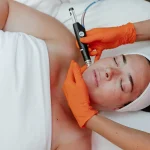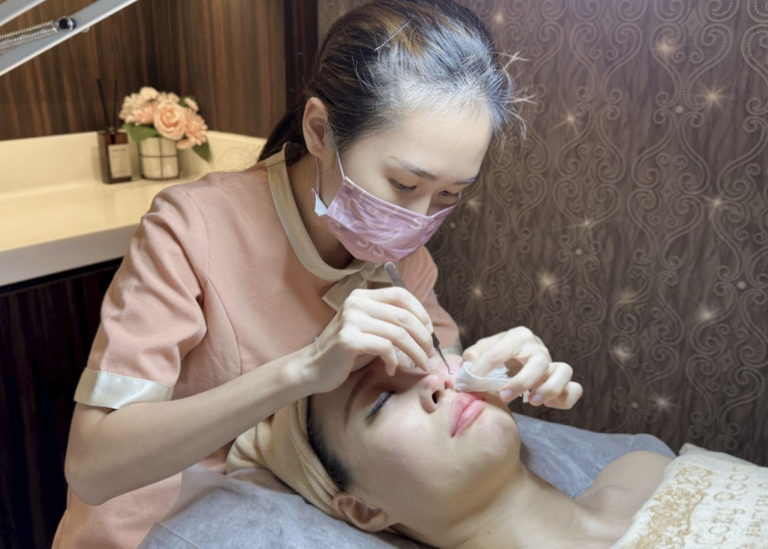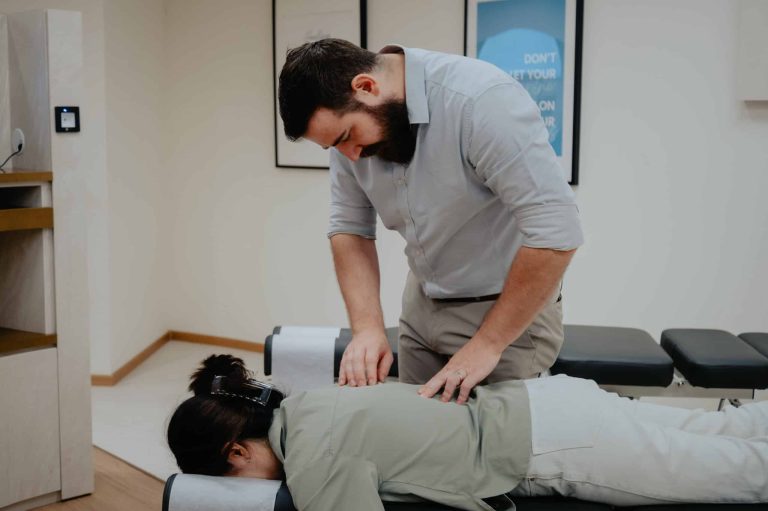The condition where one of the fingers gets stuck in a bent position is called trigger finger.
It is also known as stenosing tenosynovitis.
Trigger finger can be attributed to the narrowing down of the space within the sheath surrounding the tendon.
In severe cases, the affected finger can get locked in a bent position.
Individuals whose hobbies or job requires repetitive gripping action are more susceptible to developing trigger finger.
Treatment can range from conservative (medications and therapy) alternatives to trigger finger surgery.
Symptoms
Trigger finger often affects the middle and ring finger as well as the thumb. In some cases, more than one finger can be affected at the same time.
Triggering is more noticeable in the mornings or when grasping an object or straightening the affected finger.
Some of the most common indicators of trigger finger includes:
- Stiffness of the affected finger (especially in the mornings)
- Clicking or popping sensation (especially when the affected finger is moved)
- Nodule (bump) or tenderness (of the palm at the affected finger’s base)
- Locking of the affected finger in bent position

Risk Factors
Some of the factors that can put one at risk of developing the condition include:
- Sex – women are more susceptible to developing trigger finger as opposed to men.
- Certain health issues – individuals with rheumatoid arthritis and diabetes are at a higher risk.
- Repeated gripping – hobbies and occupations that entail prolonged gripping or repetitive hand use can increase one’s risk of developing trigger finger.
Diagnosis
Diagnosing trigger finger does not involve elaborate testing.
The diagnosis is often based on the individual’s medical history and physical examination.
During the physical examination, the patient will be asked to open and close the hand to check for areas of pain.
Evidence of locking will also be looked into.
The doctor will also feel the palm to check if a lump is present. Lumps that are associated with trigger finger will move as the finger moves as it is attached to the tendon responsible for moving the finger.
Treatment
Treatment options for trigger finger will vary and will depend on the condition’s duration and severity.
Medications
Nonsteroidal anti-inflammatory drugs like naproxen (Aleve) and ibuprofen (Motrin IB and Advil) can help ease the pain.
However, it cannot relieve the swelling that constricts the tendon sheath.
Therapy
Conservative (non-invasive) treatments for trigger finger include:
- Splint – your doctor may recommend wearing a splint at night for at least 6 weeks. This is done so the affected finger is kept in an extended position.
- Heat or ice – some individuals find relief in warm water soaks done first thing in the morning. Others on the other hand, notice improvement when icing the palm several times daily.
- Stretching exercises – gentle exercises might be recommended to help ensure mobility in the finger is maintained.
- Rest – refraining from activities that require repeated grasping, repetitive gripping, and prolonged use of vibrating devices (for at least 3 to 4 weeks) will be recommended.
Surgery and other procedures
If the condition does not respond to conservative treatments, the following alternatives might be suggested:
- Trigger finger surgery – a surgeon will cut open the section of the tendon sheath that is constricted. The surgeon will make use of a small incision near the affected finger’s base to perform the procedure.
- Steroid injection – injecting a steroid medication into the tendon sheath may help minimize the inflammation (allowing the tendon to freely glide). Considered one of the most common treatment alternatives, it has been proven effective in at least 90 percent of the patients.
- Percutaneous release – after the palm is numbed, the doctor will insert a needle into the tissue around the tendon affected. Moving the needle and the finger will help break apart the constriction.














